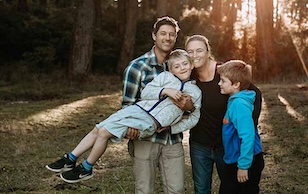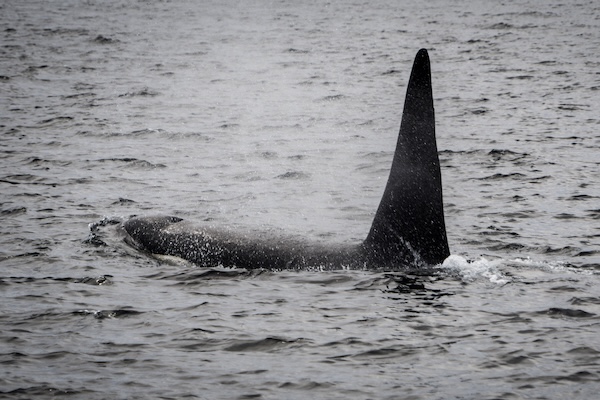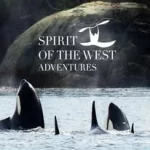May 21st, 2025
By Josh Silberg
You’ll never forget seeing your first orca—the black dorsal fin effortlessly cutting through the water. Also known as killer whales, orcas are the largest member of the dolphin family and live in every ocean worldwide from the tropics to the Arctic to the Antarctic. Despite their broad range worldwide, British Columbia is undoubtedly one of the best places to see an orca.
British Columbia is home to three different kinds of orcas—offshores, residents, and Bigg’s.
OFFSHORE ORCAS
Offshore orcas rarely venture close to shore. We know very little about their social structure or ecology, as they seem to prefer life way out near the continental shelf. It is thought they might be specialist predators on sharks and skates, but scientists still have a lot to learn about these elusive whales.
BRITISH COLUMBIA’S RESIDENT ORCAS
On the other hand, BC’s resident orcas are some of the most famous whales in the world. Resident orcas have a matrilineal society—sons and daughters both stay with their mothers throughout their lives, and specialize in eating fish (particularly Chinook salmon). Resident orcas can be split into “northern” and “southern” communities, and then further split into clans and pods, which are designated by letters.
NORTHERN RESIDENT ORCAS
The 250 or so northern residents are split into three clans—A, G, and R, each with their own dialect for calls. In the summer, they are most often spotted along northern Vancouver Island or in the inlets on the BC central or north coasts. Each whale is given a name based on its clan letter and a unique number (e.g. A12). Whales are often given common names, as well. Orca A12 is a matriarch named Scimitar. Unlike their southern compatriots, northern resident populations remain healthy, although they are being closely monitored and are listed as a ‘species of special concern’ under Canada’s Species at Risk Act.
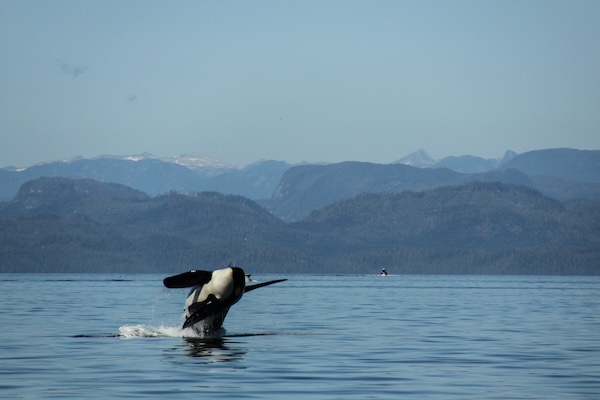
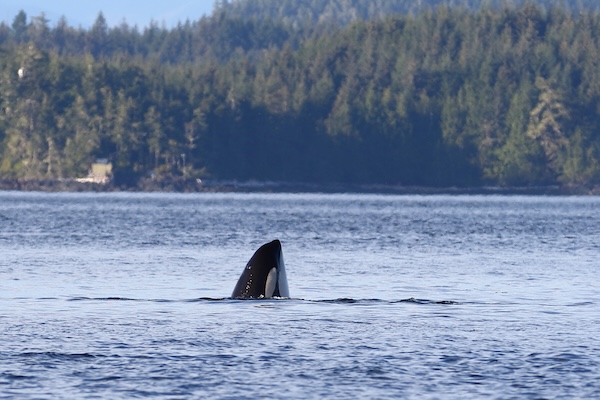
CRITICALLY ENDANGERED SOUTHERN RESIDENT ORCAS
As you may have seen in the news, the southern resident orcas are in trouble with fewer than 90 individuals left. All are members of J clan, which is further split into the J, K, and L pods. Unfortunately, their favourite food—Chinook salmon—has declined drastically in the past few years and the whales are finding it harder to find enough to eat. Lack of food isn’t the only threat or stress the whales face. Ship strikes, boat noise, and pollution are also causes for concern. The southern residents are listed as “critically endangered” under Canada’s Species at Risk Act. Recovery plans and immediate actions are taking place to try to stave off extinction for these British Columbia icons.
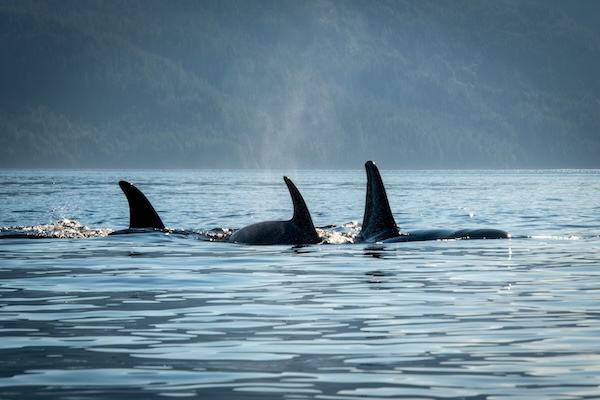
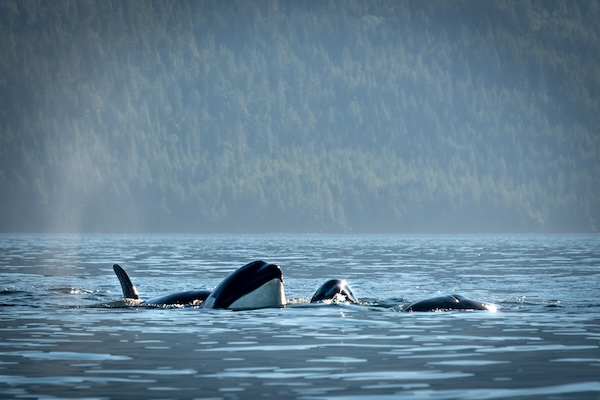
BIGG’S ORCAS
Unlike their fish-eating cousins, Bigg’s orcas—named in honour of the late Dr. Michael Bigg—focus their predatory pursuits on marine mammals, such as seals, sea lions, porpoises, dolphins, and the calves of large whales. They typically travel in small groups of two to five individuals. In contrast to the residents, Bigg’s orcas are not very vocal when they travel, which allows them to sneak up on an unsuspecting seal.
As seals and sea lion populations have recovered in recent years, the population of Bigg’s orcas is likewise increasing. While their range overlaps completely with resident orcas, they don’t interbreed. The two types diverged from each other evolutionarily over 750,000 years ago and they have very different social norms and vocalizations, in addition to their dietary preferences.
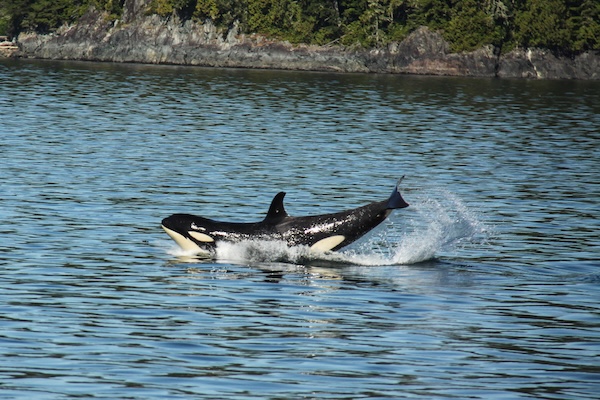
GO SLOW, GIVE SPACE
Kayaks provide a great vantage point to see whales. Given their lack of a loud engine, kayaks can be less disruptive when all viewing guidelines are followed. However, it’s important to remember that any vessels on the water, engine or not, can interfere with natural behaviours. So, go slow and always enjoy viewings from a distance.
If you see whales, upload your sightings and photos to the BC Cetacean Sightings Network, a collaborative effort by the Vancouver Aquarium and Fisheries and Oceans Canada. This information is immensely valuable to scientists who track the movements of whales and dolphins in the province. You can also find out which whales you’ve seen and a bit about that individual’s known history.
Join one of our kayaking tours to see orcas in British Columbia.

